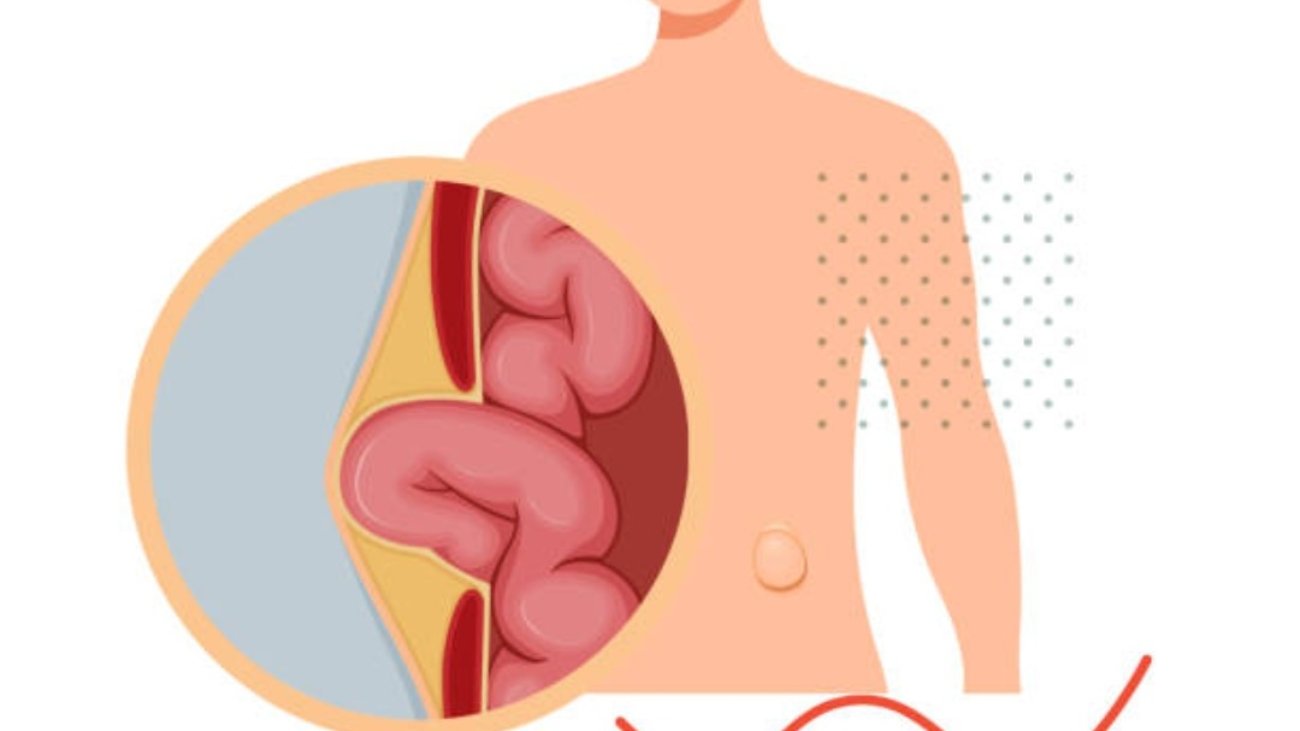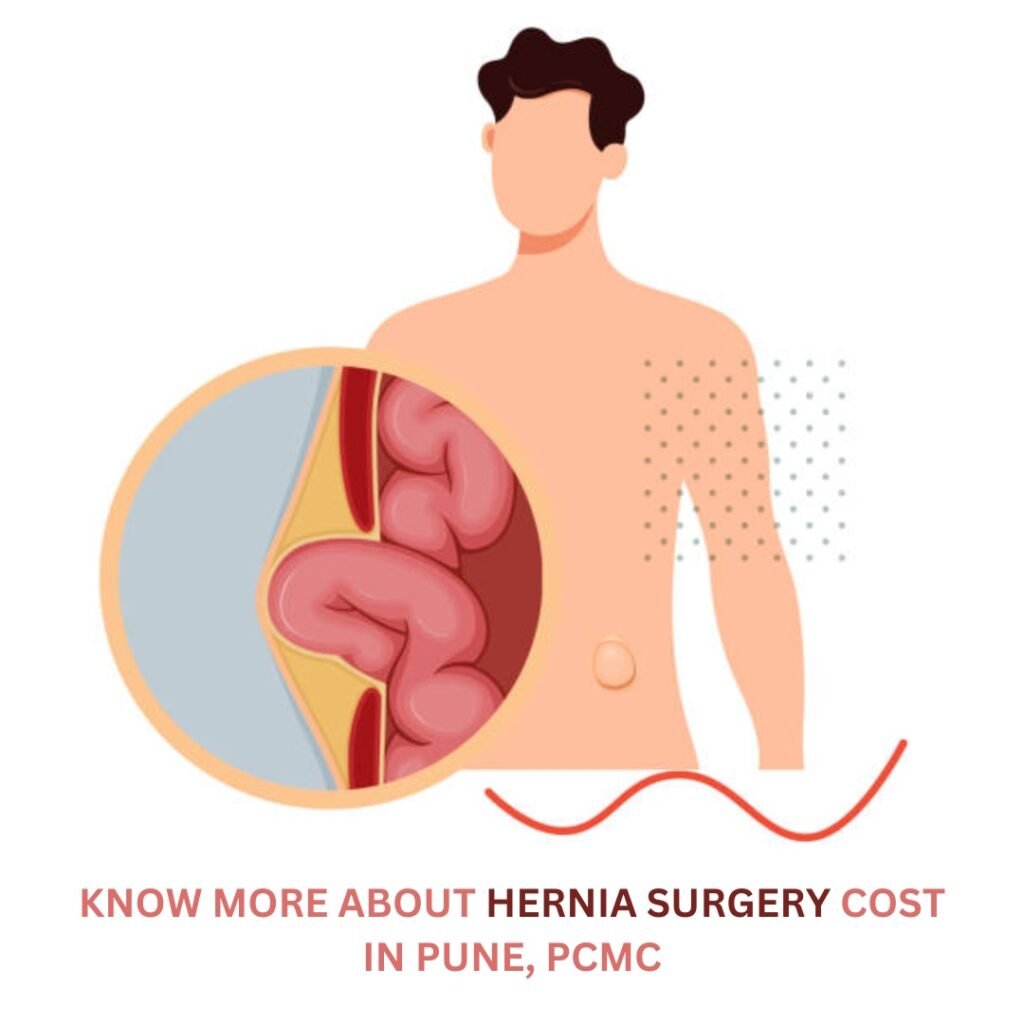Pilonidal sinus surgery is a common procedure to remove an infected cyst or abscess that develops near the tailbone. While the surgery effectively eliminates the problem, proper care after pilonidal sinus surgery is crucial for a smooth recovery and to prevent recurrence. Following the right precautions after pilonidal sinus surgery can help minimize pain, reduce the risk of complications, and accelerate the healing process. Proper pilonidal sinus wound care is essential to ensure the surgical site remains clean and free from infection.
Precautions After Pilonidal Sinus Surgery
This comprehensive guide provides detailed after pilonidal sinus surgery care instructions, covering essential steps to ensure a smooth recovery, minimize complications, and prevent recurrence.
1. Follow Post-Surgical Wound Care Instructions
Proper pilonidal sinus wound care is the most critical aspect of recovery after pilonidal sinus surgery. The type of wound closure will determine the care routine:
- Open Wound Healing: If the wound is left open to heal naturally, regular cleaning and dressing changes are required to prevent infection.
- Closed Wound Healing: If the wound is sutured, proper hygiene and minimal strain on the stitches are necessary to avoid reopening.
Key wound care tips:
- Keep the area clean and dry.
- Follow the doctor’s instructions for dressing changes.
- Use mild antiseptic solutions as prescribed.
- Avoid applying pressure on the wound while sitting or sleeping.
2. Maintain Proper Hygiene
Since pilonidal sinuses are highly susceptible to bacterial infections, maintaining proper hygiene is crucial for recovery.
- Take a gentle shower daily using lukewarm water and mild soap.
- Avoid scrubbing the area harshly.
- Pat the wound dry with a clean towel instead of rubbing it.
- Avoid using talcum powder or creams unless advised by your doctor.
3. Manage Pain and Discomfort
Pain after pilonidal sinus surgery is a common concern and can cause discomfort during the recovery process. Proper pain management, including medication and lifestyle adjustments, can help ease discomfort and promote a smoother healing experience.
- Take prescribed pain medications on time.
- Apply a warm compress if advised by your doctor to ease pain.
- Avoid prolonged sitting or standing in one position to reduce discomfort.
- Use a cushion or a donut pillow while sitting to relieve pressure on the wound.
4. Prevent Infection
Infections can delay healing and lead to complications. Signs of infection include increased redness, swelling, pus, and fever.
To prevent infections:
- Keep the wound clean and covered with sterile dressings.
- Avoid touching the wound with unclean hands.
- Report any unusual pain, discharge, or odor to your doctor immediately.
- Take antibiotics as prescribed if needed.
5. Avoid Strenuous Activities
Engaging in strenuous activities too soon can reopen the wound or slow healing.
- Avoid heavy lifting and intense physical activities for at least a few weeks.
- Take short walks to promote circulation but avoid excessive movement.
- Follow your doctor’s advice on when to resume normal activities.
6. Manage Bowel Movements Carefully
After surgery, constipation can be a concern, especially if you are taking pain medications. Straining during bowel movements can put pressure on the wound.
- Increase fiber intake by eating fruits, vegetables, and whole grains.
- Drink plenty of water to stay hydrated.
- Use stool softeners if necessary, as prescribed by your doctor.
- Practice good hygiene after using the restroom.
7. Avoid Prolonged Sitting
Prolonged sitting puts direct pressure on the surgical site, which can delay healing and cause discomfort.
- Try lying down on your side or standing intermittently.
- If you must sit, use a cushion to reduce pressure.
- Change positions frequently to prevent irritation.
8. Wear Loose and Breathable Clothing
Tight clothing can cause friction and sweat accumulation, leading to irritation and infection.
- opt for loose-fitting, breathable cotton underwear and pants.
- Avoid synthetic fabrics that trap moisture and heat.
9. Keep Hair Growth in Check
Hair growth in the affected area is one of the leading causes of pilonidal sinus recurrence. Keeping the area hair-free reduces the risk of infection and recurrence.
- Shave the area regularly or use a hair removal cream as advised by your doctor.
- Consider laser hair removal for a long-term solution.
- Keep the area clean and dry at all times.
10. Follow Up with Your Doctor
Regular follow-ups with your doctor are essential to ensure proper healing.
- Attend all scheduled post-surgery check-ups.
- Seek medical advice if you experience severe pain, swelling, or signs of infection.
- Discuss long-term preventive measures to reduce the risk of recurrence.
Book a consultation today with a trusted Pilonidal Sinus doctor in PCMC!
11. Maintain a Healthy Lifestyle
A healthy lifestyle contributes to overall healing and prevents future complications.
- Eat a balanced diet rich in vitamins and proteins to promote healing.
- Stay hydrated to aid tissue repair.
- Engage in mild physical activity like walking to improve circulation.
12. Be Aware of Recurrence Signs
Although surgery treats pilonidal sinus, there is a risk of recurrence if proper precautions are not followed.
Watch for:
- Redness or swelling in the area.
- Pain or tenderness even after healing.
- Small openings or fluid discharge.
If you notice any of these signs, consult your doctor immediately for early intervention.
Conclusion
Recovering from Pilonidal Sinus Surgery requires careful post-operative care to ensure proper healing and prevent recurrence. Following essential precautions such as maintaining hygiene, managing pain, avoiding prolonged sitting, and keeping the surgical site clean can significantly improve recovery outcomes.
For those seeking pilonidal sinus surgery in Pune, Dr. Shrikant Kurhade offers advanced treatment along with personalized post-surgery care. His patient-centric approach, combined with a strong focus on prevention, ensures a smooth and complication-free recovery. With state-of-the-art medical facilities and a supportive environment, his clinic provides the highest quality of care. By following the recommended precautions after pilonidal sinus surgery, patients can achieve faster healing and regain their comfort with confidence.



